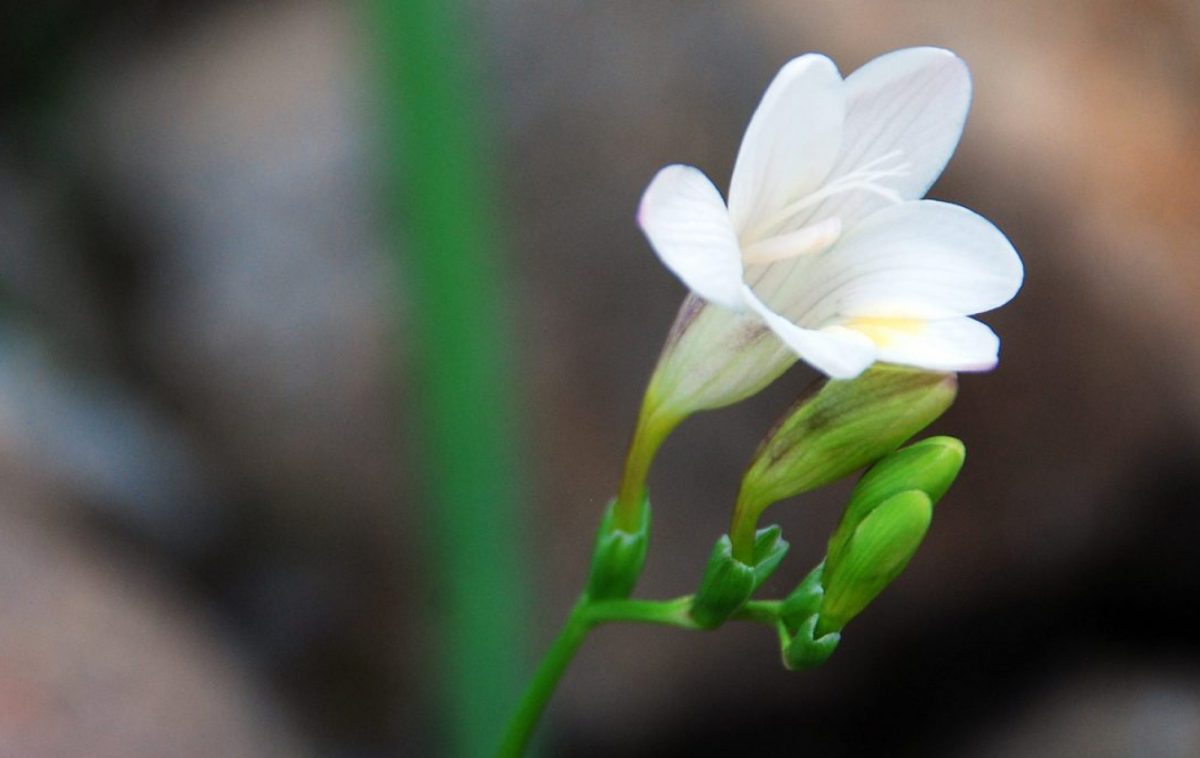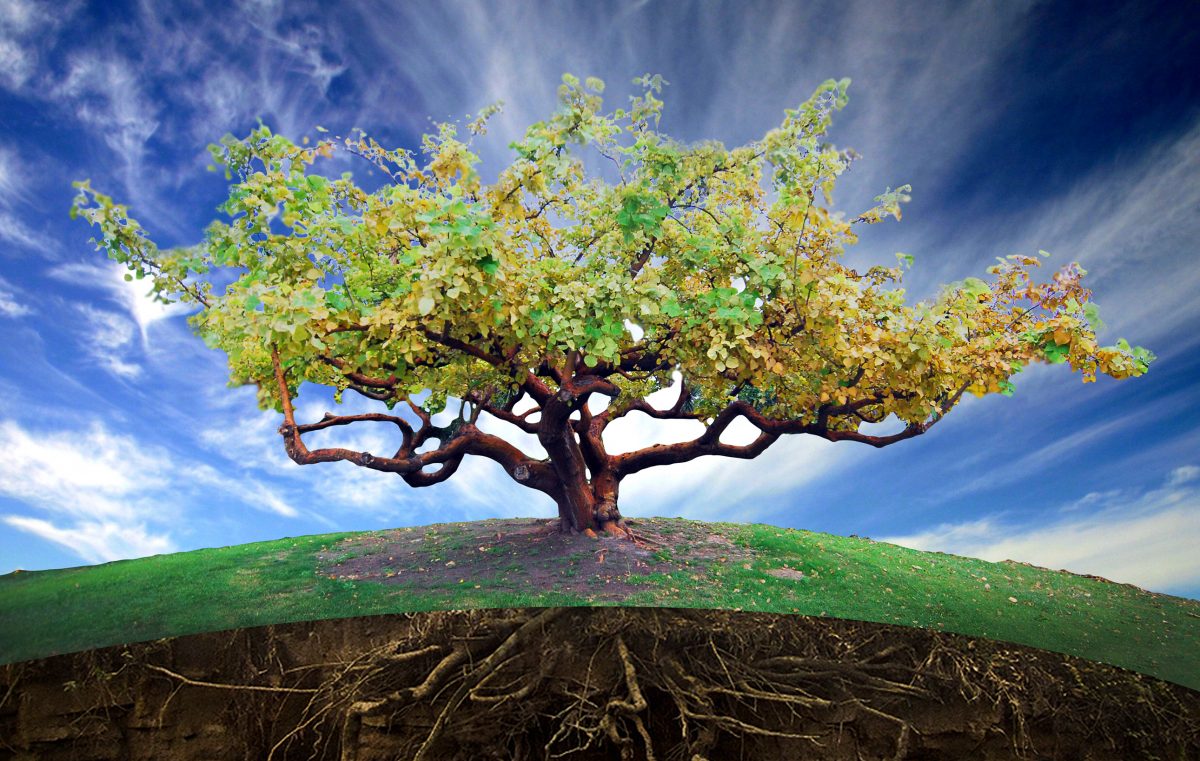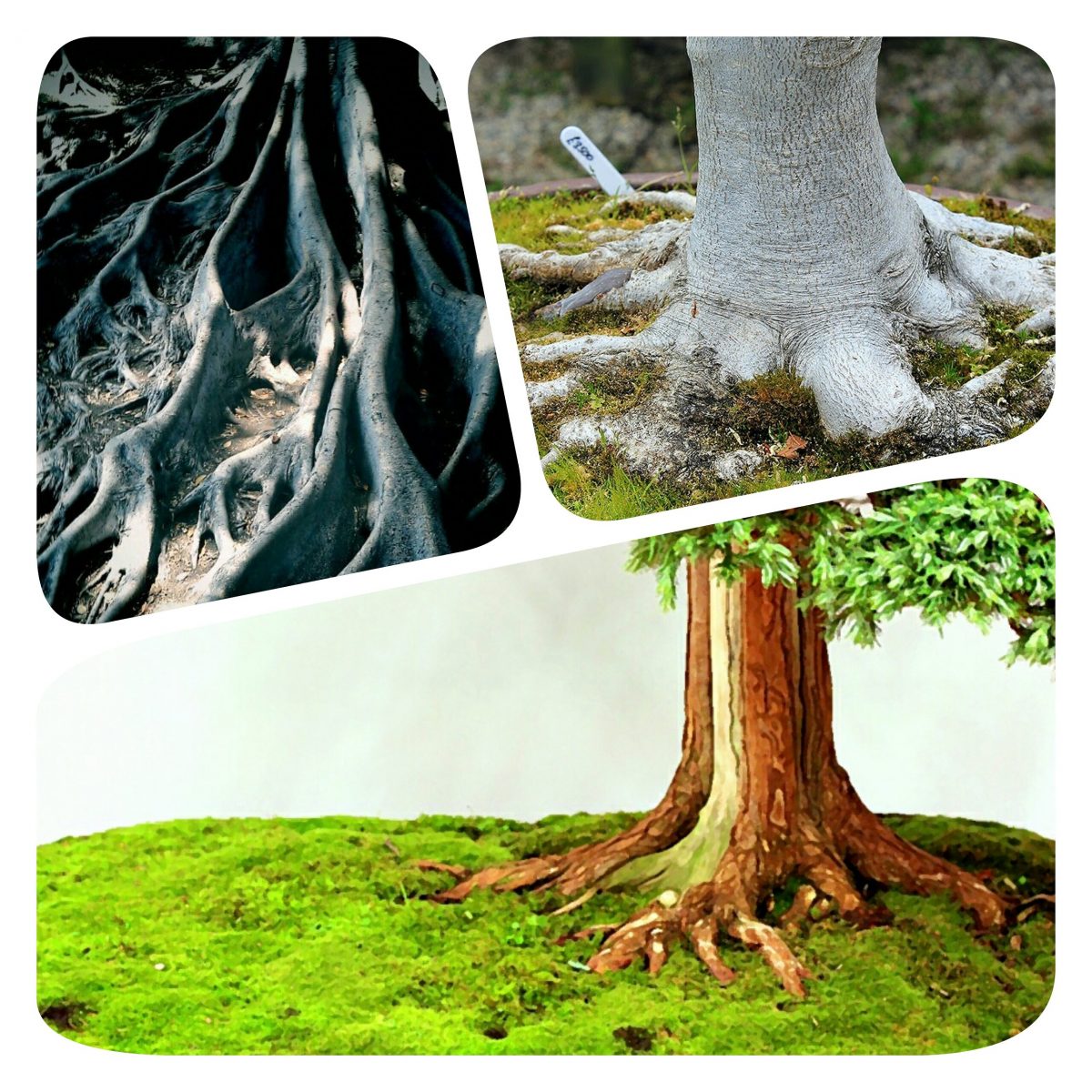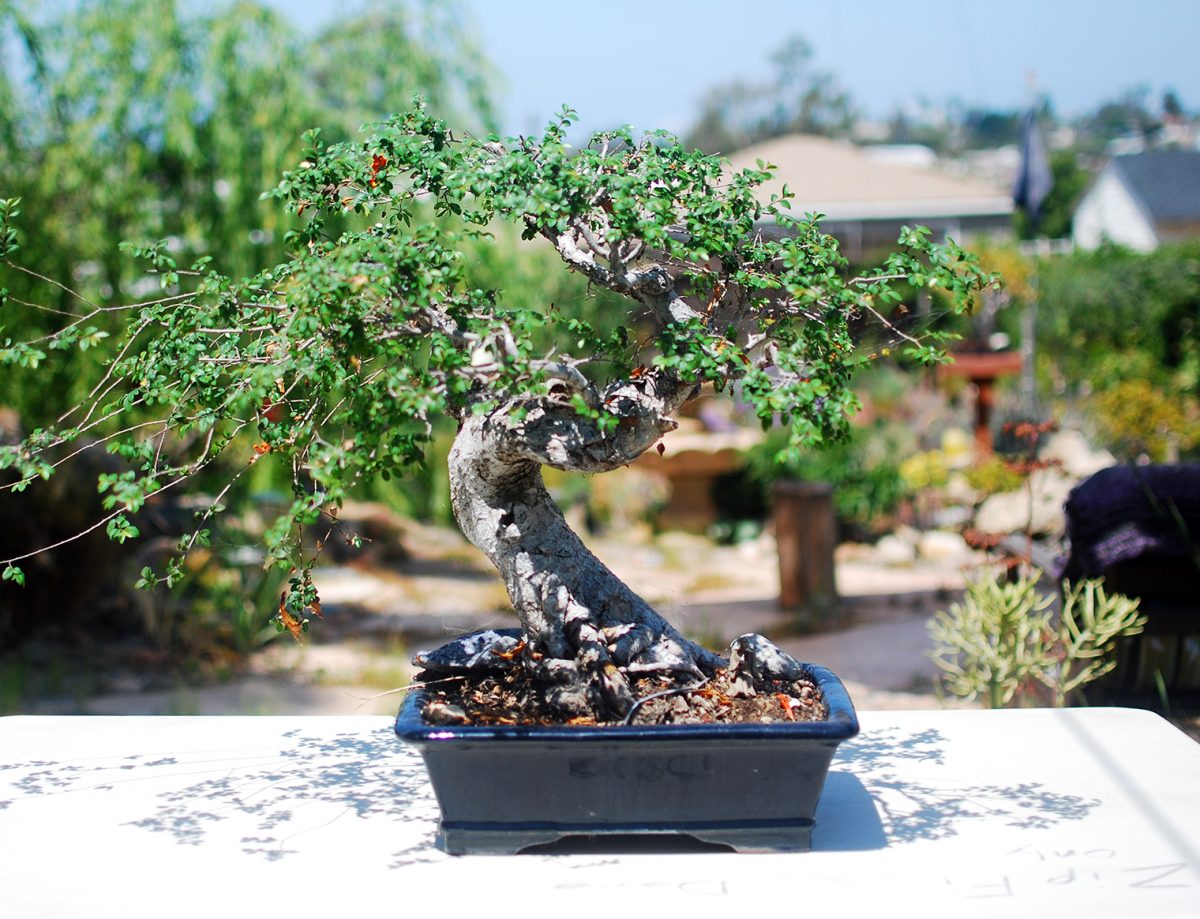I’ve been noticing over the last year that Mind Your Dirt receives a great many inquiries about the Coastal Coral tree. Two of my articles on the species gets read daily, and often several times per day. This article covers the species as a whole, and this article discusses when and how to prune erythrina caffra.
I’ve often wondered what it is about erythrina caffra that causes so many people to make their way to my humble doorstep in search of answers. The species itself is indeed a beautiful specimen tree with an amazing sweeping short and stout umbrella like canopy, both alien and breathtaking bright red flowers and powerful and very organic flowing trunk and branches. Just see for yourself, I went out hunting for photogenic specimens just for you. You’re welcome.
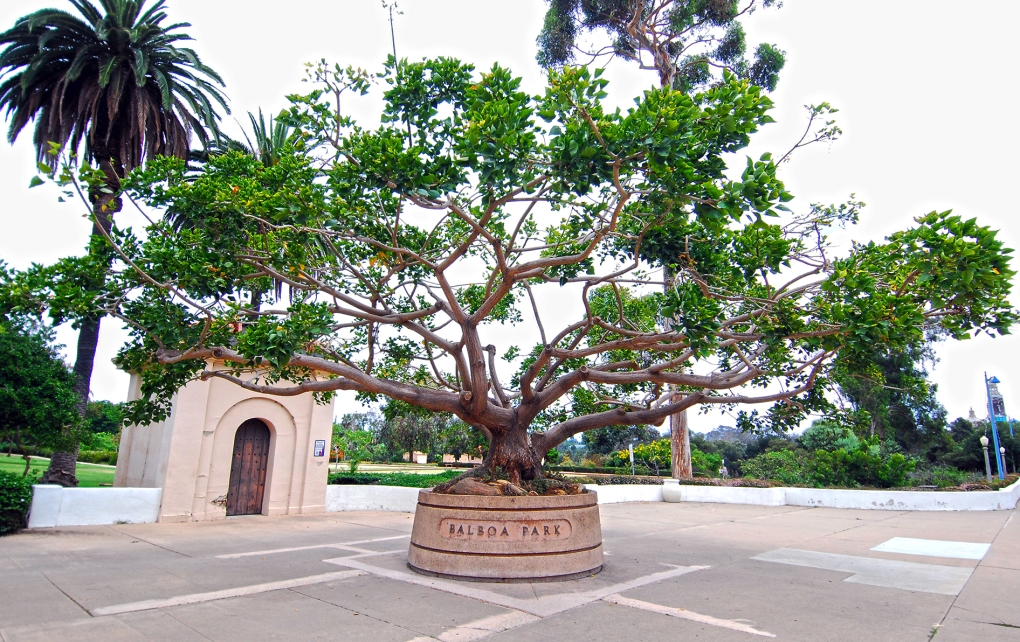


So I can see the interest, but why is so much Interwebish (I know, relax) traffic drawn to this subject? Mind your Dirt offers a plethora of stories of equally amazing species all over it’s back pages. What drives this keen interest to the coastal coral tree?
Then it struck me. Several years ago when I was researching ways to propagate the species online, I had a hell of a time finding solid propagation information. A bit here, a smattering over there; but nothing solid and concise. To quote my past self…
Only in this day and age would one consider “scouring for hours” to be any form of extensive research, but if you know how to search effectively it shouldn’t take this long to find info on a relatively well known species. So that’s what I’m here to do; share that seemingly lost information so that it can have a new forever-home on The Interwebs and all you amazing people can begin to grow and love this amazing tree as well! How nice of me huh?
I have tried many different methods for propagation of this species (to grow as bonsai stock). Seeds are perfect, but they take a wee bit longer to achieve a beautiful and stately tree in the yard. I tried taking smaller six inch segments of the new green growth thinking that they would root successfully. I believe I tried about twenty or so of those. All of them rotted into nothingness in short order.
The key is to take larger woody branch sections and allow them to dry out before potting them. Without further adieu, here is how to grow a coastal coral tree…
Continue reading “How to Propagate a Coastal Coral Tree (Erythrina Caffra)”
